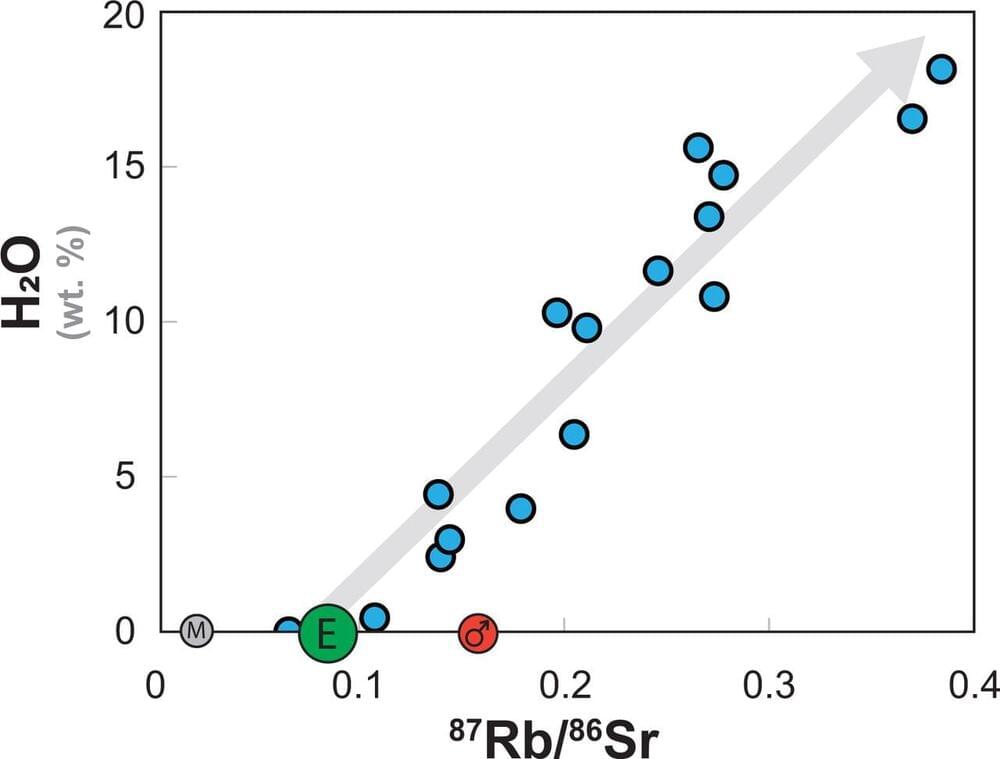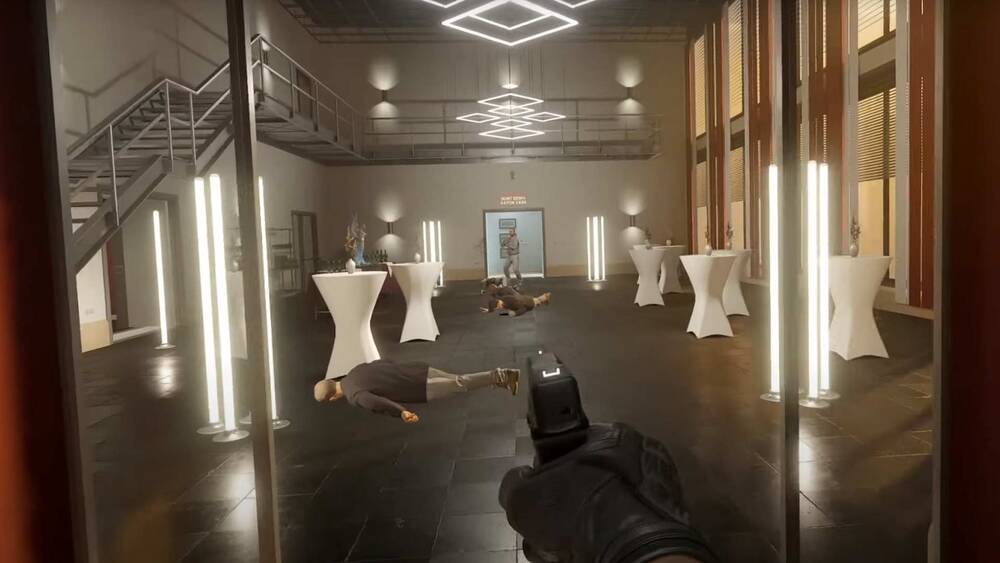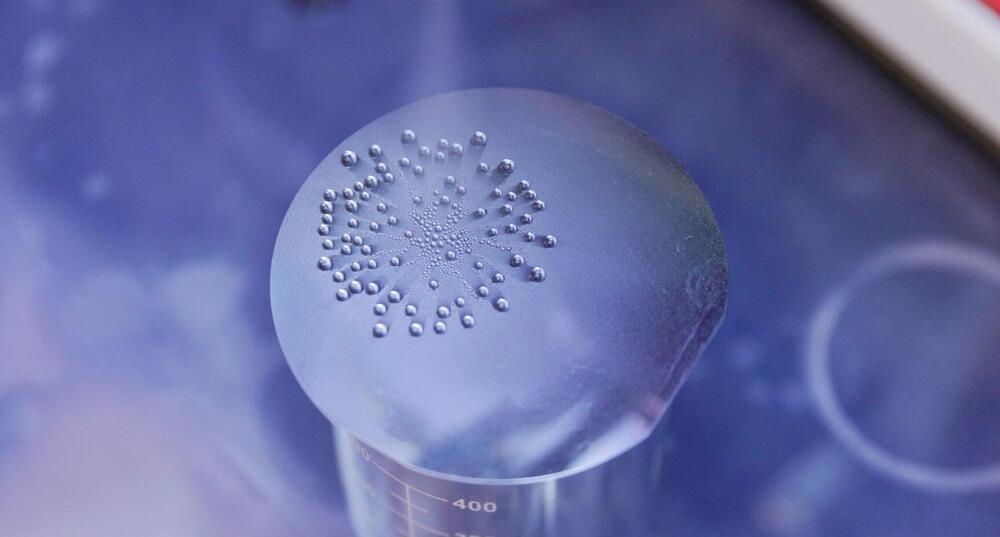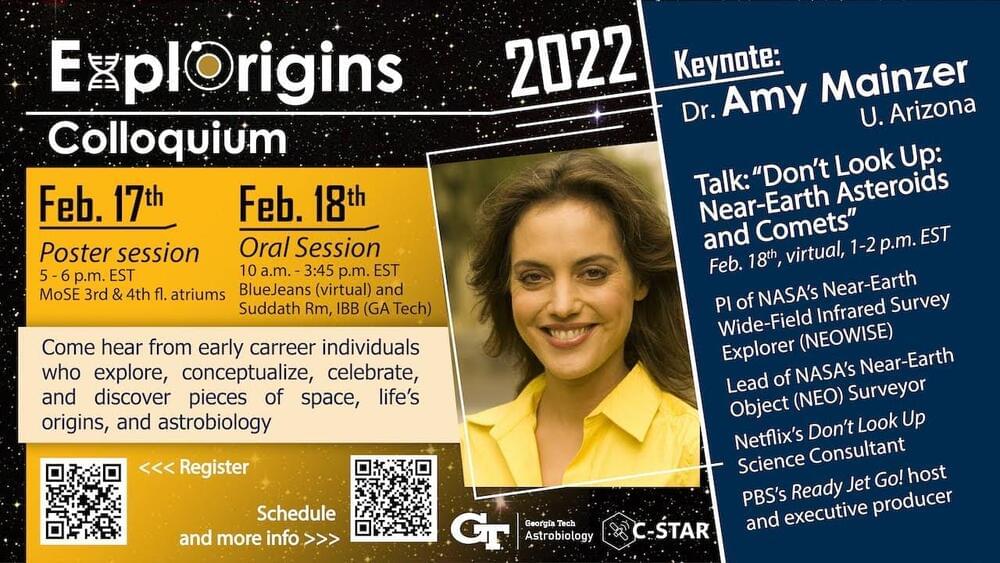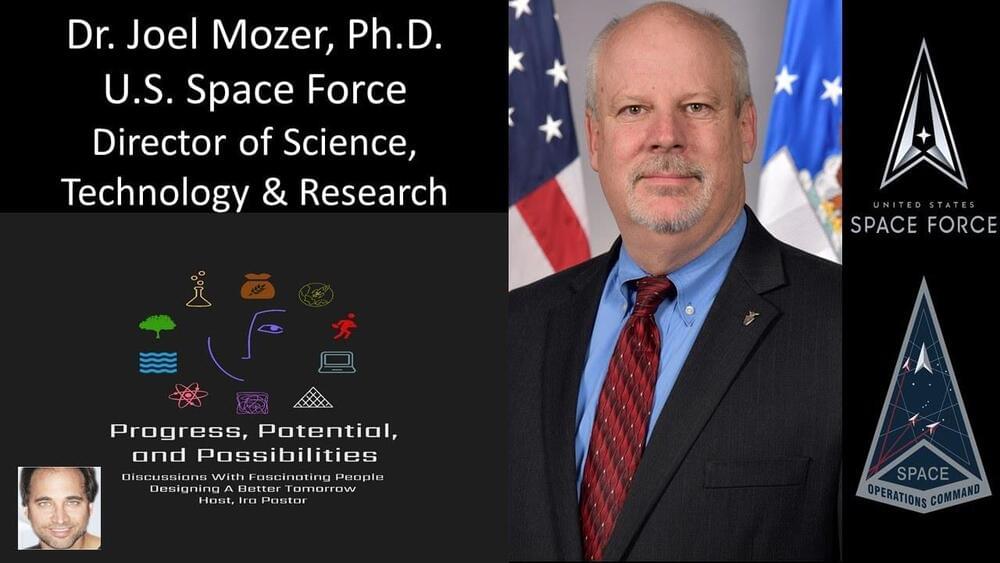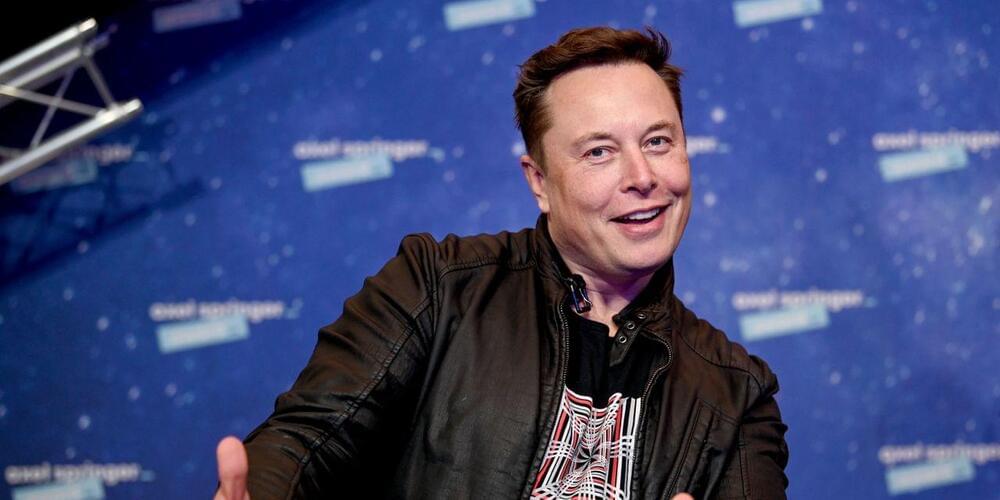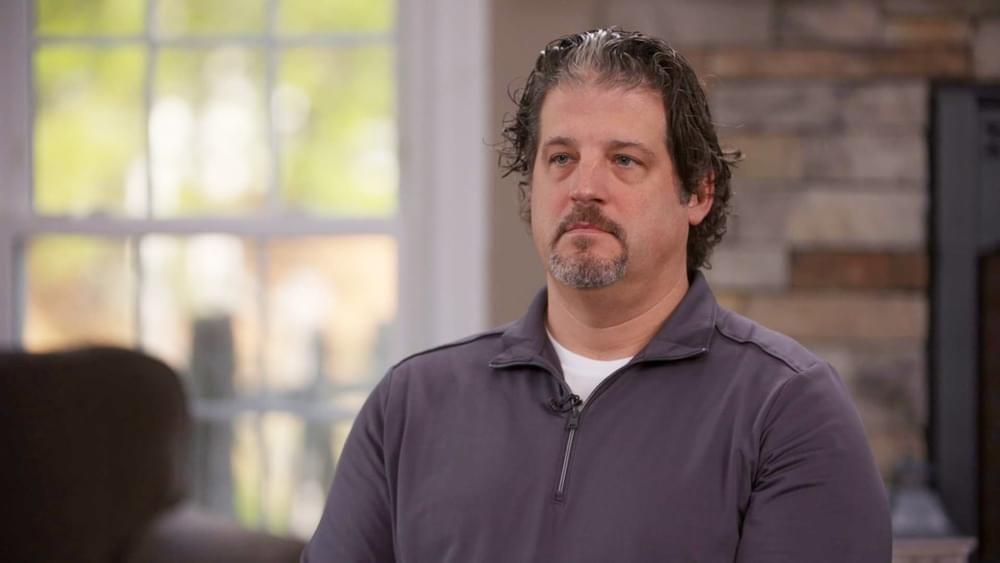Boeing 737 sized aircraft can “ski” on water.
China is set to test the latest prototype of its amphibious aircraft, the AG600, that will increase its maritime coverage to the entire South China Sea. The previous iterations of the aircraft have conducted separate trials on the land and sea in 2017 and 2020 respectively, South China Morning Post (SCMP) reported.
The South China Sea has become a contentious issue after China has claimed sovereignty over the region. Apart from untapped reserves of oil and natural gas, the region is also home to a third of the world’s maritime trade routes and fisheries that could impact the food security of millions in the region. The U.S. and its allies are keen on protecting the rights of other island nations even as China flexes its muscle in the region. sovereignty over the South China Sea, China needs to strengthen its maritime reach in the region and the AG600 will give it just that.
Half-Life: Alyx (2020) has been in the wild for a little under two years now, and modders have been busy using it to make cool stuff—just like they did with the original Half-Life (1998). Enter ‘Gunman Contracts’, a multi-chapter mod that scores some serious style points while smartly leveraging Valve’s Source 2 for some John Wick-style action.
Gunman Contracts is set of free mods for Half-Life: Alyx created by Germany-based graphics designer ‘ANB_Seth’.
There’s already two individual chapters available on the Steam, ‘Chapter 1 – The Extraction’, which came out last September, and now ‘Chapter 2 – Art of War’, which released late last month.
A comprehensive investigation by KAUST researchers sets the record straight on the formation of hydrogen peroxide in micrometer-sized water droplets, or microdroplets, and shows that ozone is the key to this transformation1,2.
The air-water interface is a crucial site for numerous natural, domestic and industrial processes such as ocean-atmosphere exchange, cloud and dew formation, aerated beverages and bioreactors. Yet, probing chemical transformations at the air–water interface is challenging due to the lack of surface-specific techniques or computational models.
Recent research revealed that water spontaneously transforms into 30–110 micromolar hydrogen peroxide (H2O2) in microdroplets, obtained by condensing vapor or spraying water using pressurized nitrogen gas. The textbook understanding of water is thus challenged by how the mild temperature and pressure conditions, together with the absence of catalysts, co-solvents and significant applied energy, could break covalent O–H bonds. It was hypothesized that this unusual phenomenon resulted from an ultrahigh electric field at the air-water interface that assists OH radical formation, but no direct evidence has been reported.
After a year on the Red Planet, what can Perseverance teach us about Mars’ watery past and our potential future? Tune in to find out!
Speakers:
–Jennifer Trosper, Mars 2020 Project Manager, NASA/JPL
–Dr. Katie Stack Morgan, Deputy Project Scientist, Mars 2020, NASA/JPL
Host: brian white, public services office, NASA/JPL
Co-host: nikki wyrick, public services office, NASA/JPL
The ExplOrigins early career group invites you to join the 2022 Exploration and Origins Colloquium on February 17th–18th, 2022! The live broadcast portion of this colloquium will begin at 10am ET on February 18th.
We are thrilled to have Dr. Amy Mainzer as our plenary speaker. Dr. Mainzer is a professor of planetary science at the University of Arizona, principal investigator of NASA’s Near-Earth Object Wide-field Infrared Survey Explorer (NEOWISE) mission, and lead of NASA’s Near-Earth Object (NEO) Surveyor mission. She also has achieved excellence in science communication, serving as the science curriculum consultant, on-camera host, and executive producer of the PBS Kids series Ready Jet Go! and as the science consultant for the Netflix movie Don’t Look Up.
Our program also highlights current astrobiology, origins, and space science projects presented by a cast of early career researchers from the Atlanta area.
Schedule:
10:00 a.m.
Welcome Speech, Breakfast (Tyler Roche)
10:10 – 11:00 a.m.
Talks Section 1:
Clathrates, Cubesats, and Characterization (Christina Buffo)
Bacterial Clathrate-Binding Proteins in the Deep Subsurface Biosphere: Implications for Gas Clathrate Stability and Habitability (Abigail Johnson)
Virtual Super-Resolution Optics with Reconfigurable Swarms (VISORS): a Two-CubeSat Formation-Flying Telescope for Coronal Observation (William Rawson)
Characterization and Thermal Analysis of Metal Phosphites and Their Role in Astrobiology (Kimberly Faye Meyberg)
11:05 a.m. – 12:00 p.m.
The Future Of Space Tech & Innovation — Dr. Joel Mozer Ph.D., Director of Science, Technology & Research, United States Space Force.
Dr. Joel Mozer is the Director of Science, Technology, and Research, United States Space Force (https://www.spaceforce.mil/).
With a PhD in Physics, and MS in Atmospheric Science, from University of Arizona, Dr. Mozer serves as the principal scientific advisor to the Commander and is the senior authority for all science and technology matters for an organization of approximately 11,000 space professionals worldwide, and manages a global network of satellite command and control, communications, missile warning and launch facilities. In this role, he interacts with other principals, operational commanders, combatant commands, acquisition, and international communities to address cross-organizational science and technical issues and solutions.
Dr. Mozer represents USSF science and technology on decisions, high-level planning, and policy, building coalitions and alliances throughout the U.S. government, industry, academia, the international community, and other scientific and technology organizations.
Dr. Mozer entered government service in 1992 with the U.S. Air Force. Prior to his current assignment, he was Chief Space Experimentalist of the Air Force Research Laboratory Space Vehicle Directorate. In that role, he was responsible for managing AFRL’s $40 million-per-year investment in research and development related to the development of experimental satellites and payloads and conducted a team of 100 engineers and scientists at Kirtland and Holloman Air Force Bases, New Mexico — all working to develop cost-effective ways to assemble, integrate, test and fly novel spacecraft and systems and demonstrating new concepts for Department of Defense systems and missions. His area of specialization relates to space control and remote sensing — understanding the natural and man-made space environment and developing forecast tools for warfighters, theater battle commanders and other decision-makers to mitigate risks.
Tesla Inc. Chief Executive Elon Musk donated more than 5 million Tesla shares in November, days after the U.N. World Food Program outlined a plan to potentially use a $6 billion donation from the world’s richest man.
A filing with the Securities and Exchange Commission made public Monday showed the donation, but not the recipient. The Tesla TSLA, +4.48% shares were transferred in batches between Nov. 19 and Nov. 29, as Musk was also selling Tesla stock in preparation for a large tax bill.
A new type of bot is being sold to criminals who program it to make robocalls that drain cryptocurrency accounts.


